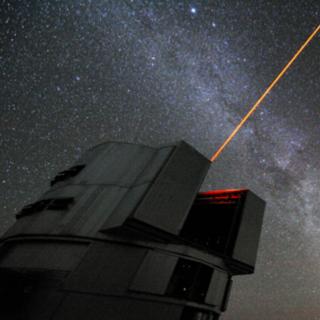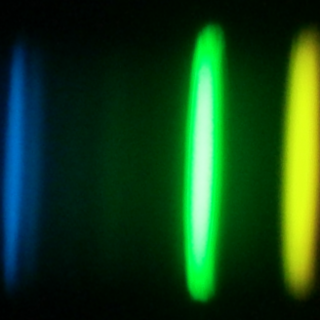Bibcode
Ardern-Arentsen, Anke; Monari, Giacomo; Queiroz, Anna B. A.; Starkenburg, Else; Martin, Nicolas F.; Chiappini, Cristina; Aguado, David S.; Belokurov, Vasily; Carlberg, Ray; Monty, Stephanie; Myeong, GyuChul; Schultheis, Mathias; Sestito, Federico; Venn, Kim A.; Vitali, Sara; Yuan, Zhen; Zhang, Hanyuan; Buder, Sven; Lewis, Geraint F.; Oliver, William H.; Wan, Zhen; Zucker, Daniel B.
Bibliographical reference
Monthly Notices of the Royal Astronomical Society
Advertised on:
5
2024
Citations
28
Refereed citations
19
Description
The oldest stars in the Milky Way (born in the first few billion years) are expected to have a high density in the inner few kpc, spatially overlapping with the Galactic bulge. We use spectroscopic data from the Pristine Inner Galaxy Survey (PIGS) to study the dynamical properties of ancient, metal-poor inner Galaxy stars. We compute distances using STARHORSE, and orbital properties in a barred Galactic potential. With this paper, we release the spectroscopic AAT/PIGS catalogue (13 235 stars). We find that most PIGS stars have orbits typical for a pressure-supported population. The fraction of stars confined to the inner Galaxy decreases with decreasing metallicity, but many very metal-poor stars (VMP; [Fe/H] <-2.0) stay confined ($\sim 60~{{\ \rm per \, cent}}$ stay within 5 kpc). The azimuthal velocity vϕ also decreases between [Fe/H] = -1.0 and -2.0, but is constant for VMP stars (at ~+40 km s-1). The carbon-enhanced metal-poor (CEMP) stars in PIGS appear to have similar orbital properties compared to normal VMP stars. Our results suggest a possible transition between two spheroidal components - a more metal-rich, more concentrated, faster rotating component, and a more metal-poor, more extended and slower/non-rotating component. We propose that the former may be connected to pre-disc in-situ stars (or those born in large building blocks), whereas the latter may be dominated by contributions from smaller galaxies. This is an exciting era where large metal-poor samples, such as in this work (as well as upcoming surveys, e.g. 4MOST), shed light on the earliest evolution of our Galaxy.
Related projects

Galaxy Evolution in the Local Group
Galaxy formation and evolution is a fundamental Astrophysical problem. Its study requires “travelling back in time”, for which there are two complementary approaches. One is to analyse galaxy properties as a function of red-shift. Our team focuses on the other approach, called “Galactic Archaeology”. It is based on the determination of galaxy
Matteo
Monelli

Chemical Abundances in Stars
Stellar spectroscopy allows us to determine the properties and chemical compositions of stars. From this information for stars of different ages in the Milky Way, it is possible to reconstruct the chemical evolution of the Galaxy, as well as the origin of the elements heavier than boron, created mainly in stellar interiors. It is also possible to
Carlos
Allende Prieto